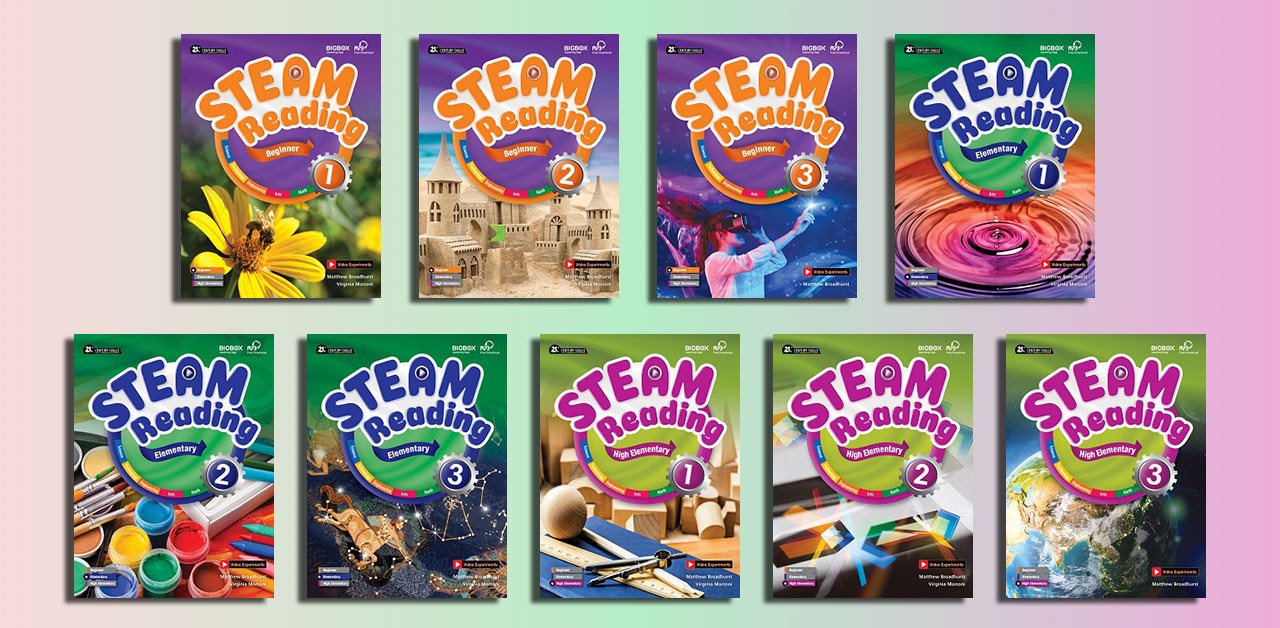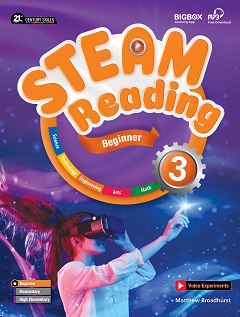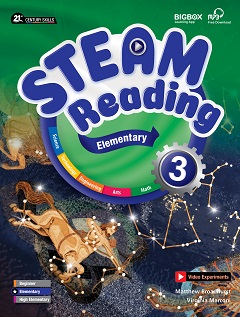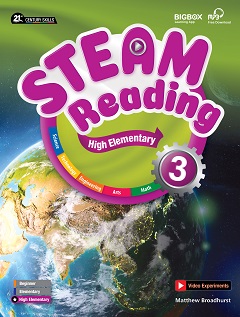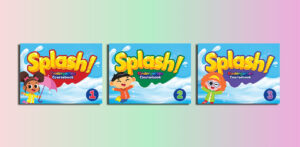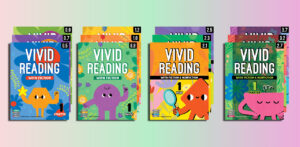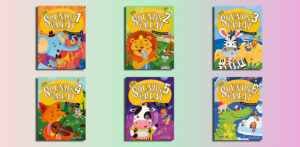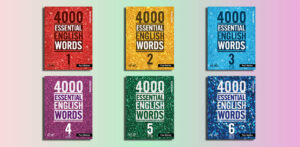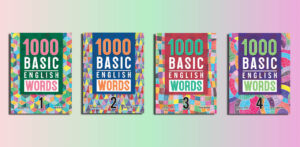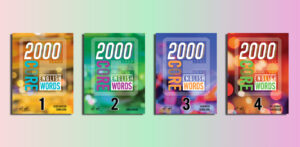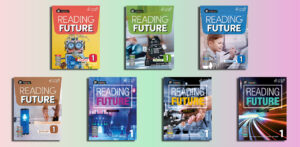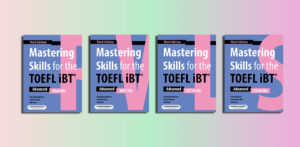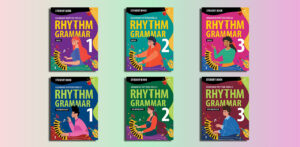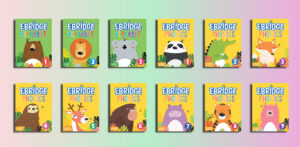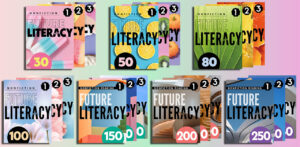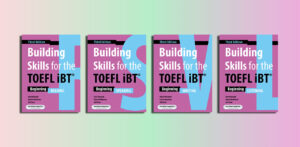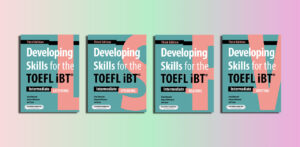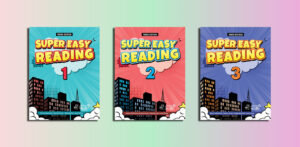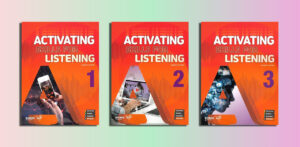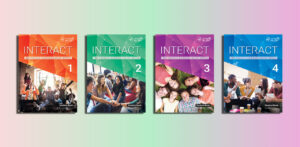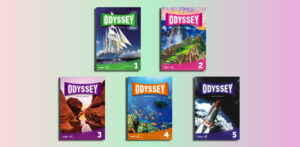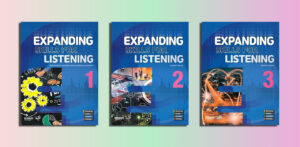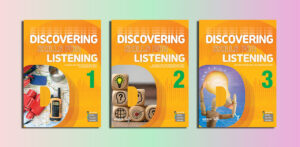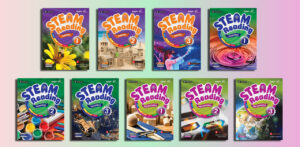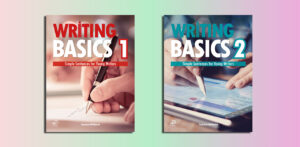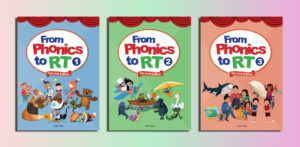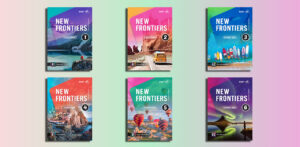Compass, Download, Online iTools
Download Compass STEAM Reading Pdf Resources (A1 / A2+)
STEAM Reading (PDFs, Resources)
Beginner Level (A1)
STEAM Reading Beginner 1.pdf – Sample: Click
STEAM Reading Beginner 2.pdf – Sample: Click
STEAM Reading Beginner 3.pdf – Sample: Click
Elementary Level (A1+ – A2)
STEAM Reading Elementary 1.pdf – Sample: Click
STEAM Reading Elementary 2.pdf – Sample: Click
STEAM Reading Elementary 3.pdf – Sample: Click
High Elementary Level (A2 – A2+)
STEAM Reading High Elementary 1.pdf – Sample: Click
STEAM Reading High Elementary 2.pdf – Sample: Click
STEAM Reading High Elementary 3.pdf – Sample: Click
Overview of “STEAM Reading” by Compass Publishing
Contents
| ✅ Coursebook: | STEAM Reading |
| ✅ Author: | Matthew Broadhurst, Virginia Marconi |
| ✅ Publisher: | Compass Publishing |
| ✅ Levels: | A1, A2, A2+ |
| ✅ English type: | International English |
| ✅ Skill: | Reading, STEAM |
| ✅ For: | Primary |
| ✅ Publication year: | 2020 |
“STEAM Reading” by Compass Publishing is a three-level reading series designed for beginner to high elementary English learners. This innovative series blends both nonfiction and fiction passages to cover a wide array of topics within Science, Technology, Engineering, Arts, and Mathematics (STEAM). Each level of the series offers:
- Integrated Topics: Carefully curated to cover diverse aspects of STEAM subjects, ensuring a comprehensive exposure to each field.
- Paired Units: These units delve deeper into each topic, allowing learners to explore the subject matter thoroughly.
- Experiment Videos: To enhance engagement and understanding, the series includes videos of experiments that activate and reinforce learning.
- STEAM Projects: Each book contains projects that are based on 21st-century skills, encouraging practical application of knowledge and critical thinking.
“STEAM Reading” is structured to not only improve English language skills but also to enrich the learner’s knowledge and practical skills in the various STEAM fields, making it an excellent educational tool for young learners.
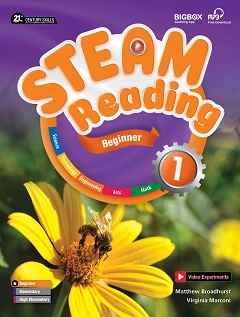
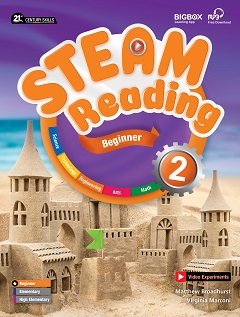
Who is suitable for ‘STEAM Reading’?
“STEAM Reading” by Compass Publishing is suitable for a range of learners, particularly:
Primary School Students: Given the levels A1, A2, and A2+, the series is perfectly tailored for young learners in primary school. These levels correspond to beginner to high elementary stages of English proficiency, which are typical of early educational years.
Young Learners with an Interest in STEAM: Children who have shown an inclination towards subjects in Science, Technology, Engineering, Arts, and Mathematics will find the series enriching and stimulating. It’s designed to foster curiosity and enhance understanding in these areas through language learning.
Educators and Schools: The series is an excellent resource for teachers and schools that focus on integrated learning approaches. It supports curriculums that aim to blend language acquisition with scientific and creative thinking.
Parents Seeking Educational Tools: Parents looking to support or enhance their children’s education at home will find the “STEAM Reading” series valuable. It offers structured, educational content that can keep children engaged and learning effectively outside of traditional classroom settings.
Homeschooling: For those educating their children at home, this series provides a comprehensive approach to integrating English language learning with STEAM education, promoting critical thinking and problem-solving skills.
Overall, “STEAM Reading” is designed to cater to young learners eager to explore and learn about the world through both language and the integrated disciplines of STEAM, making it suitable for a wide range of educational settings and learning objectives.
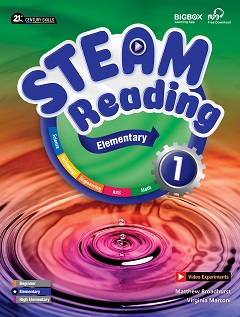
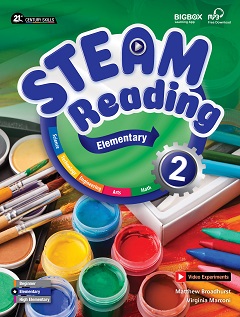
The benefits of ‘STEAM Reading’
The “STEAM Reading” series offers several significant benefits that make it a valuable educational tool for young learners:
Integrated Learning: Combining language skills with science, technology, engineering, arts, and mathematics, “STEAM Reading” promotes a holistic educational approach. This integration helps students make connections across different disciplines, enhancing their overall understanding and application of knowledge.
Enhanced Engagement: The series uses engaging narratives and interactive elements like experiment videos and projects, which captivate young learners’ attention. This approach not only makes learning more enjoyable but also aids in the retention of information and concepts.
Development of Critical Thinking: Through its focus on STEAM, the series encourages learners to engage in critical thinking and problem-solving. These skills are crucial for academic success and future career opportunities, especially in a world increasingly dominated by technology and innovation.
Language Skill Enhancement: By exposing learners to a variety of texts and interactive content, “STEAM Reading” improves essential language skills such as reading comprehension, vocabulary, syntax, and fluency. These are fundamental skills that aid in all academic areas.
21st-Century Skills: The series emphasizes collaborative projects and experiments that mirror real-world problems and solutions, fostering skills such as teamwork, creativity, and digital literacy—skills that are indispensable in the 21st-century workplace.
Motivation and Confidence: Learning through STEAM subjects can be incredibly rewarding for students, leading to increased motivation and confidence, especially as they successfully engage with complex concepts and language structures.
Preparation for Future Studies: Early exposure to STEAM subjects prepares students for further education in these fields, potentially steering them towards promising careers in fast-growing and high-demand areas.
Accessibility and Inclusivity: By catering to a range of learning styles and levels (A1, A2, A2+), “STEAM Reading” ensures that materials are accessible to learners with varying degrees of English proficiency and different learning needs, promoting an inclusive educational environment.
“STEAM Reading” thus provides a comprehensive resource for enhancing language skills while simultaneously introducing young learners to the exciting possibilities within the STEAM fields, making learning both fun and productive.
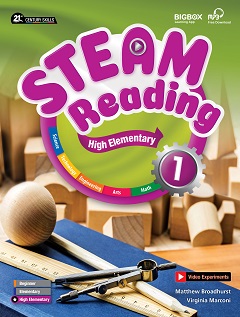
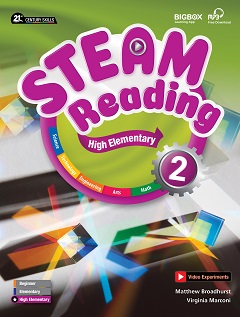
Effective teaching and learning strategies for ‘STEAM Reading’
To maximize the educational benefits of the “STEAM Reading” series, educators can employ a range of effective teaching and learning strategies that enhance both language acquisition and STEAM education:
Project-Based Learning (PBL): Engage students with projects that apply STEAM concepts in real-world contexts. This method encourages hands-on learning and critical thinking, allowing students to see the practical application of their studies.
Interdisciplinary Integration: Teach STEAM concepts through an integrated approach where lessons are not isolated by subject but connected through common themes and language goals. This helps students see the interconnectedness of different fields and enhances comprehension.
Use of Multimedia Resources: Incorporate the experiment videos and digital content included in the “STEAM Reading” series. Multimedia can cater to various learning styles, making lessons more dynamic and engaging, and helping to clarify complex concepts.
Collaborative Group Work: Facilitate group activities and discussions among students. Collaboration encourages communication and problem-solving skills, essential for both language development and understanding STEAM topics.
Inquiry-Based Learning: Encourage students to ask questions and explore STEAM subjects on their own or in groups. This fosters a sense of curiosity and ownership of their learning process.
Differentiated Instruction: Tailor lessons to meet the diverse needs of students. Adjust activities and materials to cater to different levels of English proficiency and learning styles, ensuring that all students can engage with and benefit from the content.
Continuous Assessment and Feedback: Regularly assess student progress through quizzes, projects, and reflective assignments. Provide timely and constructive feedback to help students understand their strengths and areas for improvement.
Language Focus in Context: Integrate language instruction with content learning. Focus on vocabulary and grammar as it relates to STEAM topics, providing context that makes language points more memorable and relevant.
Real-World Connections: Relate STEAM topics to students’ everyday lives. Making lessons relevant to the real world can increase engagement and the perceived value of the material.
Technology Integration: Utilize technology not just for multimedia elements but also for creating interactive learning experiences, such as virtual labs or simulations, which can enhance understanding of complex STEAM concepts.
By implementing these strategies, educators can effectively use “STEAM Reading” to create a rich, engaging, and educational experience that supports both language development and a deep understanding of STEAM disciplines. This approach not only makes learning more enjoyable but also prepares students for future academic and professional endeavors in these critical fields.


